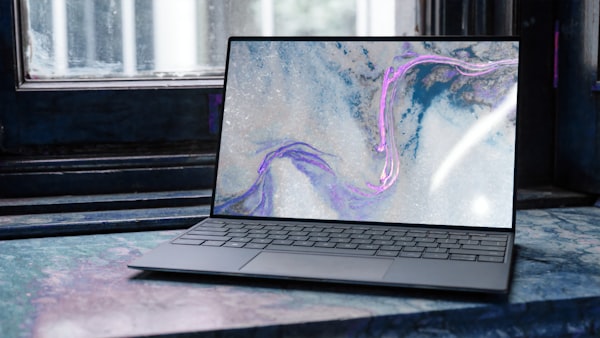IBM Open-Sourced three Cancer Research AI Projects

IBM Research lab in Zurich Open-Sourced three AI Projects to help accelerate cancer research.
The first project named PaccMann (Prediction of anticancer compound sensitivity with Multi-modal attention-based neural networks), is a multimodal deep learning solution that uses data from disparate sources to help predict how cells in diseased tissue will respond to a given drug. They applied PaccMann to predict the sensitivity of cancer cell lines to known drugs, achieving a superior predictive power compared to existing algorithms.
The second project named INtERAcT (Interaction Network infErence from vectoR representATions of words) is a novel approach to extract information on protein-protein interactions from scientific papers in a completely unsupervised way.
INtERAcT leverages the concept of word embeddings process text from a large body of biomedical publications and defines new metric to quantify the interactions between proteins. The most remarkable feature of INtERAcT is that no annotation or manual curation of the text is needed. A particular strength of INtERAcT is its capability to infer interactions in the context of a specific disease. The comparison with the normal interactions in healthy tissue may potentially help to obtain insight into the disease mechanisms.
The third project named PIMKL (pathway-induced multiple kernel learning), is a new machine learning algorithm that can produce highly predictive performance and interpretability in predicting phenotypes based on molecular data. PIMKL enables this by exploiting prior knowledge on molecular interactions.
Using a machine learning technique known as multiple kernel learning, PIMKL identifies molecular pathways that are important for the classification of patient groups. The insights on differences between patient groups provided, thanks to the interpretability of the model, could therefore lead to better understanding of cancer progression.
References:
- IBM
- PaccMann (website)
- PaccMann (web service)
- PaccMann (github)
- INtERAcT (website)
- INtERAcT (web service)
- INtERAcT (github)
- PIMKL (website)
- PIMKL (web service)
- PIMKL (github)




